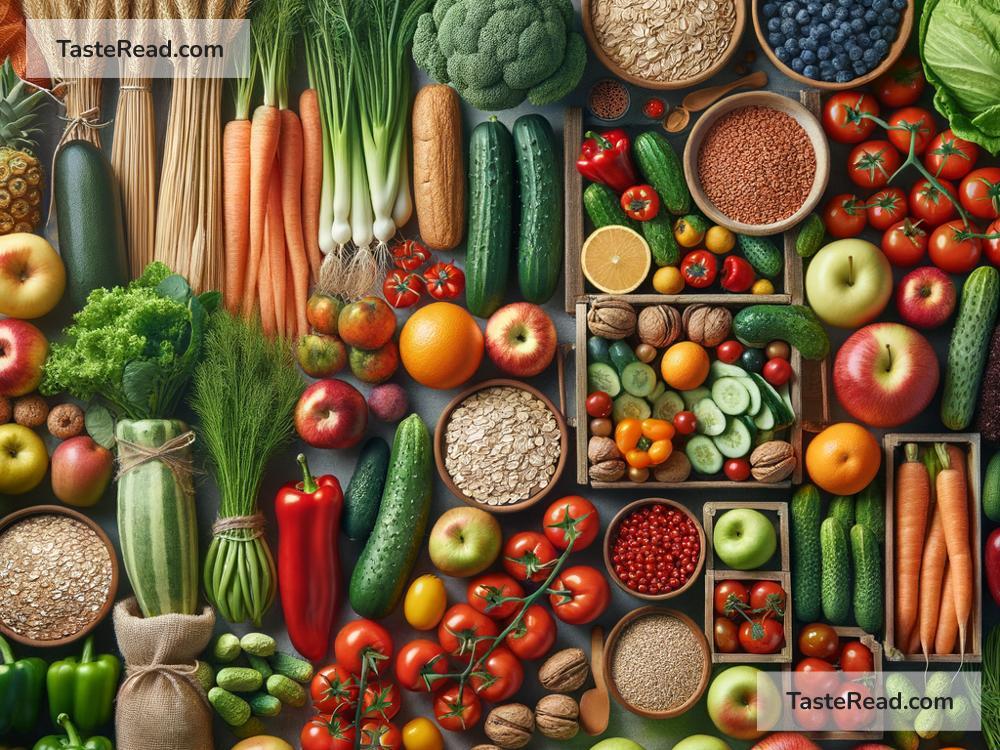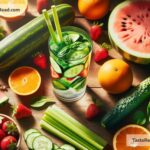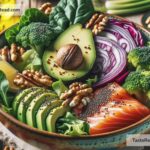Foods for Enhancing Food Security: A Simple Guide
Food security means having enough food to live a healthy and active life. Unfortunately, millions of people around the world still face hunger and malnutrition. But by growing and promoting certain foods, we can make a big difference. In this blog, we’ll talk about nutritious, hardy, and accessible foods that can help improve food security for communities worldwide.
What is Food Security?
Food security is when everyone has regular access to enough food that is nutritious and safe. It also means having food that is affordable and culturally acceptable. For food security, it’s not just about growing more food—it’s also about growing the right kinds of food and making them available to everyone.
Why Certain Foods Matter for Food Security
Some foods have qualities that make them excellent choices for improving food security. These foods are:
1. Highly Nutritious: They provide essential vitamins, minerals, and energy.
2. Resilient: They can grow in tough conditions like drought or poor soil.
3. Easy to Grow: They require minimal resources or labor.
4. Affordable: They can be grown or purchased inexpensively.
By focusing on foods that fit these categories, communities can ensure a more stable and sustainable food supply.
Top Foods for Improving Food Security
1. Beans and Lentils
Beans and lentils are packed with protein, fiber, and essential nutrients like iron. They are also versatile—you can cook them in soups, stews, or salads. These crops are drought-resistant and grow well in different climates, making them ideal for areas with unpredictable weather.
Benefits:
– Highly nutritious.
– Affordable and easy to store.
– Improve soil health by adding nitrogen.
2. Sweet Potatoes
Sweet potatoes grow easily in poor soil and require little water. They are rich in vitamin A, which helps prevent blindness and supports the immune system. Sweet potatoes are a great food choice for improving nutrition in communities where other vegetables might not grow as well.
Benefits:
– Resistant to harsh conditions.
– Excellent source of vitamins and energy.
– Suitable for small-scale farming.
3. Millets
Millets are hardy grains used in many parts of the world. They grow well in dry and hot climates where other grains might fail. Millets can be made into porridge, bread, or even beverages. They provide energy, fiber, and important minerals like magnesium and phosphorus.
Benefits:
– Drought-resistant crop.
– Flexible for various recipes.
– Long shelf life for storage.
4. Quinoa
Quinoa is a superfood that is gaining popularity worldwide. It can grow in harsh environments like high altitudes and poor soil. Quinoa is packed with protein, fiber, and all nine essential amino acids. This makes it particularly helpful in areas where people don’t have access to animal proteins.
Benefits:
– High nutritional value.
– Suitable for tough growing conditions.
– Gluten-free option for diverse diets.
5. Leafy Greens (Spinach, Kale, Moringa)
Leafy greens like spinach, kale, and moringa are nutritional powerhouses. They are rich in vitamins C, A, and K, as well as iron and calcium. These vegetables grow quickly and don’t require much space, making them perfect for small gardens in urban or rural areas.
Benefits:
– Easy to grow almost anywhere.
– Provide essential nutrients.
– Can be harvested multiple times a year.
6. Bananas and Plantains
Bananas and plantains are filling and energy-rich fruits that grow well in tropical climates. They are a staple food for many communities and can be eaten fresh, cooked, or dried. Their high caloric content makes them a reliable food source during shortages.
Benefits:
– High energy food.
– Grow quickly and require minimal care.
– Provide multiple uses (fruit, flour, chips).
7. Cassava
Cassava is a root vegetable that thrives in difficult growing conditions. It is a reliable energy source and can be processed into flour, chips, or even fermented into drinks. While cassava isn’t as nutrient-dense as some other crops, it’s a good option for fighting hunger in tough circumstances.
Benefits:
– Resilient in drought and poor soil.
– A source of calories for energy.
– Can be stored for long periods after harvest.
8. Fishing and Aquaculture
Fish and seafood are excellent sources of protein, omega-3 fats, and other nutrients. Communities near rivers, lakes, or oceans can sustainably raise fish or farm them in small ponds. Tilapia, for example, grows quickly and requires simple care.
Benefits:
– Rich in protein and healthy fats.
– Provides food security for coastal and inland areas.
– Supports sustainable practices when managed well.
9. Nuts and Seeds (Peanuts, Sunflower Seeds)
Nuts and seeds are dense in nutrients, particularly healthy fats, protein, and minerals. Peanuts, for instance, can grow easily in tropical and subtropical climates and require little water. These foods are not only great for eating but can be pressed for oil and used in cooking.
Benefits:
– Provide long-lasting energy.
– Valuable source of nutrients.
– Versatile for baking, cooking, or snacking.
What We Can Do
- Support Local Farmers: Encourage communities to grow these foods and adopt sustainable farming practices.
- Share Knowledge: Teach others about growing, storing, and preparing these crops.
- Promote Diversity: A diverse diet improves nutrition and resilience against food shortages.
Improving food security isn’t just about fighting hunger—it’s about building systems that help communities thrive. By growing the right crops, teaching sustainable methods, and empowering farmers, we can help everyone have access to nutritious and affordable food.
Let’s work together to build a brighter, healthier future for all!


